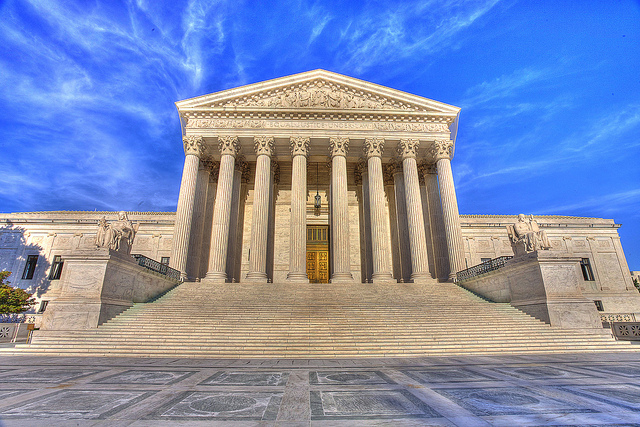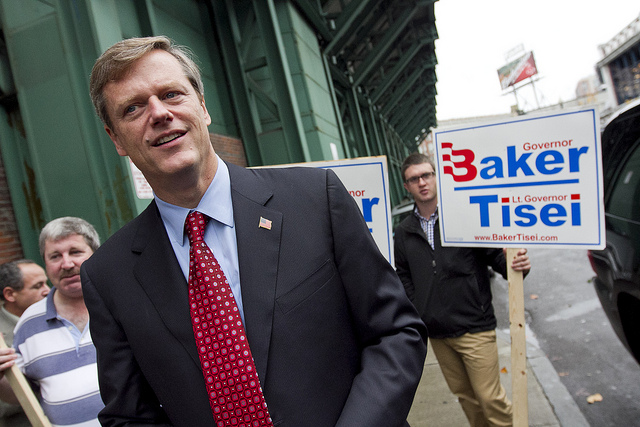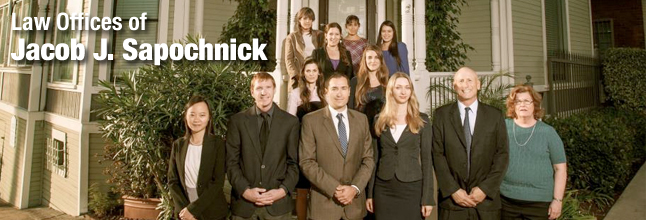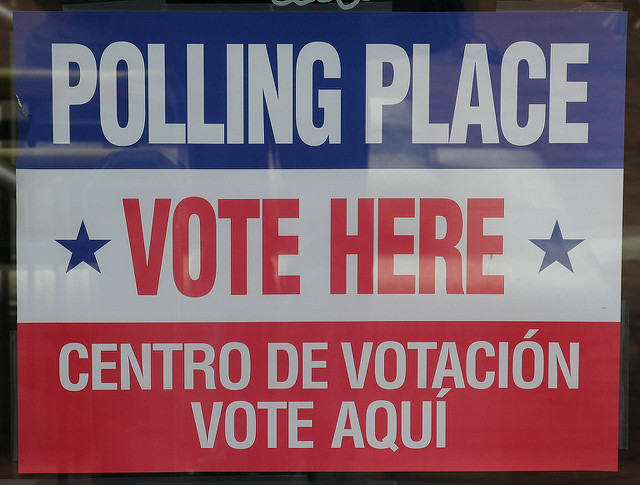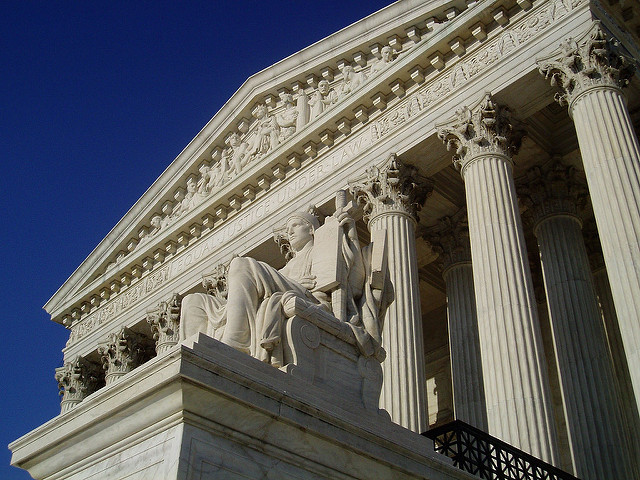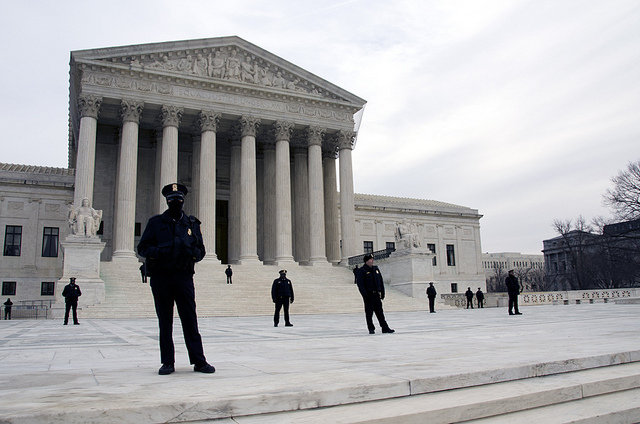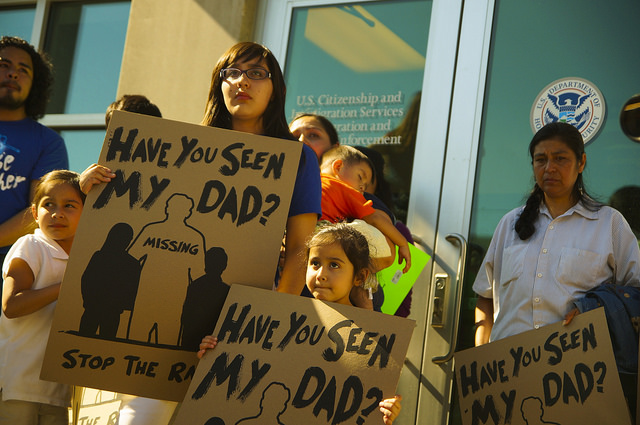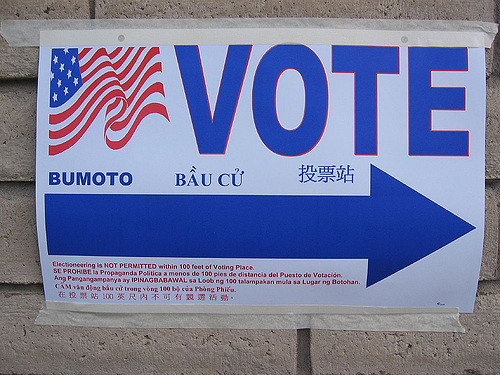 A new settlement reached against the state of Texas will make it easier for undocumented parents of U.S. Citizens to obtain birth certificates for their American born children. In 2013, Nancy Hernandez, a Mexican immigrant, gave birth to a baby girl in a Texas hospital, although she was unlawfully present in the United States. After the birth, she visited a Texas county office to obtain the child’s birth certificate. Much to her surprise her request was met with resistance when county officials notified her that without presentation of proper documents, she would not be able to obtain her child’s birth certificate proving the child’s U.S. Citizenship.
A new settlement reached against the state of Texas will make it easier for undocumented parents of U.S. Citizens to obtain birth certificates for their American born children. In 2013, Nancy Hernandez, a Mexican immigrant, gave birth to a baby girl in a Texas hospital, although she was unlawfully present in the United States. After the birth, she visited a Texas county office to obtain the child’s birth certificate. Much to her surprise her request was met with resistance when county officials notified her that without presentation of proper documents, she would not be able to obtain her child’s birth certificate proving the child’s U.S. Citizenship.
In response, Hernandez along with dozens of other immigrants, filed a lawsuit against the state of Texas alleging that the state was blocking them from obtaining their children’s birth certificates, a right that is protected by the Constitution. Texas officials had previously outlined specific documents that undocumented parents needed to present, in order to obtain their children’s birth certificates.
Last week, Texas settled the lawsuit promising that the state would expand the list of documents parents were required to present in order to obtain their children’s birth certificates. Under the settlement, Mexican immigrants will be able to present a Mexican voter identification card to obtain their children’s birth certificates. These voter identification cards can be obtained from Mexican consulates in the United States. Parents from El Salvador, Guatemala, and Honduras, will be able to present documents certified by their consulates in the United States.
 Visa Lawyer Blog
Visa Lawyer Blog


